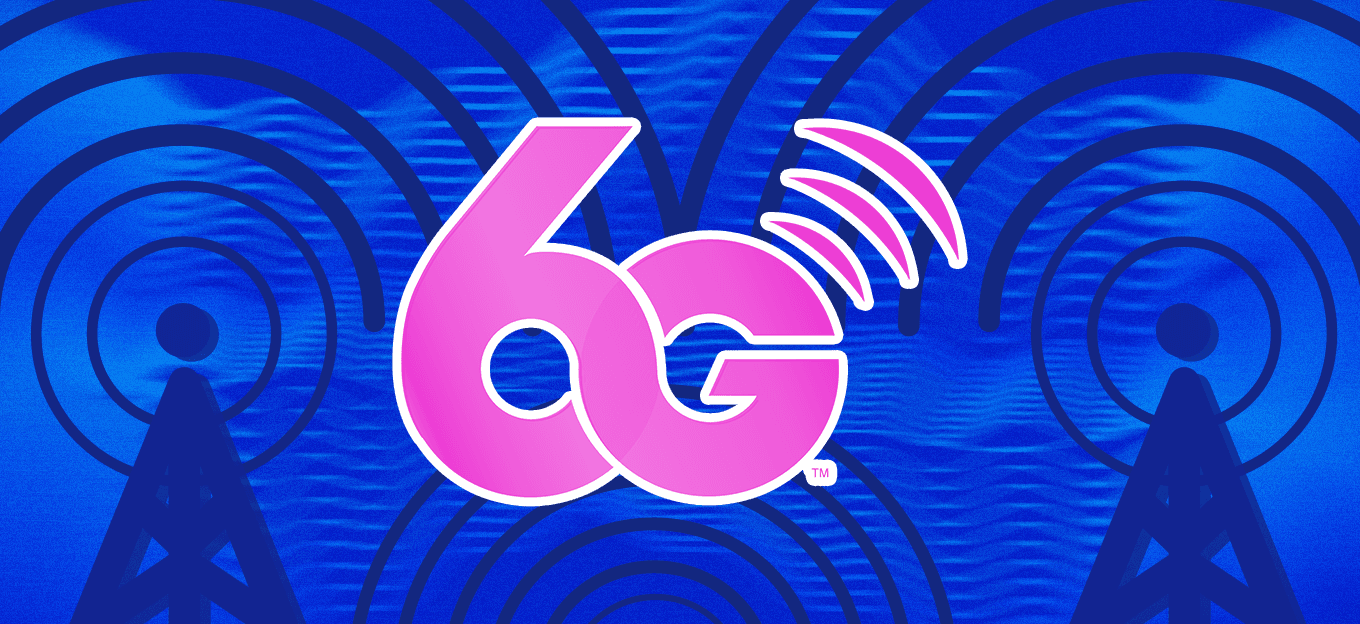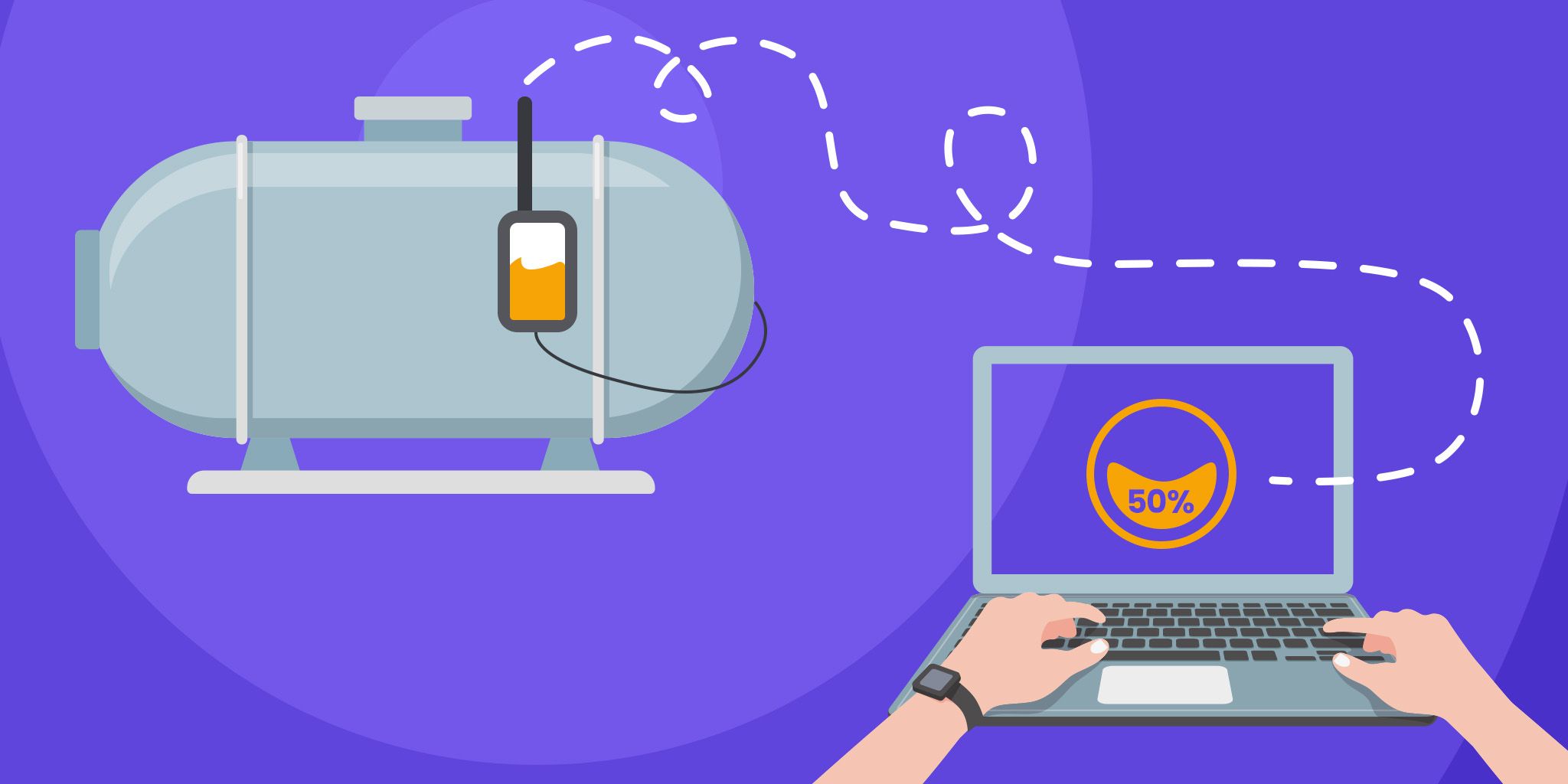Building a Tank-Level Monitoring Solution: Consider This
Building a Tank-Level Monitoring Solution: Consider This
- Last Updated: December 2, 2024
Leverege
- Last Updated: December 2, 2024



If you’re interested in building a tank-level monitoring solution, you’ve probably already investigated your options: from sensors and products to packaged end-to-end solutions. Before we delve into some of those offerings, let’s take a look at some of the things you’ll need to consider about your Applications:
Considering building a tank-level monitoring solution? Here are some considerations to take into account to ensure your project is a success!
Network Infrastructure for Tank-Level Monitoring
LoRa
Shorthand for Long Range, LoRa uses license-free sub-gigahertz radio frequency bands to transmit small data packets over a larger geographic area. To deploy a network, you’ll need to install LoRa gateways near your sensors and rely on them to backhaul your data into the cloud, oftentimes using cellular data or a physical ethernet connection.
Cellular
Use existing cellular network infrastructure (cell towers) to backhaul data into the cloud. However, no gateways are required in regions and locations with poor cellular connectivity/coverage, such as large buildings and underground facilities.
Sensors
- Ultrasonic - Uses the reflection of high-frequency sound waves to determine how far away an object is. Works with centimeter-level resolution on targets that are ideally large, smooth, and flat. Functional at ranges of up to 20m.
- Lasers - Uses the reflection of a focused pulse of light to determine how far away an object is. Works with millimeter level resolution on poorly suited targets for ultrasonic sensors (e.g., narrow pipe). Functional at ranges of up to 200m.
- Hydrostatic Devices - There are many more traditional solutions using various techniques, from simple water displacement to changes in capacitance or clever use of magnets that make up the bulk of sensors currently on the market. While they provide accurate and reliable data, they don’t always come packaged as a connected solution. As a result, they may be more difficult to integrate to build a connected IoT solution.
Tank-Level Monitoring Products
Now that we’ve covered connectivity and sensors let’s talk about products. Keep in mind, this is just a shortlist of some products available on the market and is not intended to be a comprehensive purchasing guide.
ELT-2-HP + Maxbotix Ultrasound Sensor
At 349 Euros or USD 412, this is an American sensor product integrated with a Swedish LoRa adaptor. As the name suggests, it is a LoRa-based sensor that transmits distance data based on the ultrasonic sensor embedded at the cone piece's center.
CleanFLEX Ultrasonic Fill-level Sensor
Like the previous device, the CleanFLEX Ultrasonic Fill-level Sensor operates using an ultrasonic sensor and can transmit its data over LoRa. It is also capable of transmitting data over 2G/3G networks and NB-IoT networks as well, making it an adaptable option across a wide variety of Applications.
KST 3320 Distance Sensor
This device can measure distances of up to 2m with a 1cm level of resolution. It measures distance using pulses of light and communicates that data over Bluetooth and LoRa.
Pricing
As you may have noticed, while the technology has already existed in separate pieces for many years, productized versions of these devices are relatively uncommon, undeveloped, and much more difficult to find. Pricing information is not always easy to find or publicly available and often requires navigating through sales and marketing channels.
Hopefully, this overview helped guide you towards building a tank-level monitoring solution of your own. As always, feel free to reach out to Leverege with any questions.
The Most Comprehensive IoT Newsletter for Enterprises
Showcasing the highest-quality content, resources, news, and insights from the world of the Internet of Things. Subscribe to remain informed and up-to-date.
New Podcast Episode

Moving Past the Pilot Phase in IoT and AI
Related Articles





